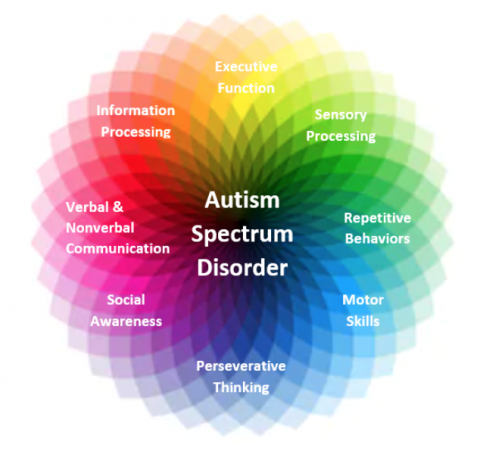In the world of modern science, we get a lot of absolutes. Something is or it isn’t, it works, or it doesn’t. Unfortunately, in the absence of these absolutes, there is preliminary research, or new findings that often contradict each other. Such was this case concerning this foray into autism and neural connectivity. The connection between neural connection, coined, “functional connectivity” and ASD has been examined frequently throughout the last decade. This connectivity is measured using fMRI to examine the brains activity, and patterns of connectivity. These bio-markers if found could do wonders in the way of diagnosing and treating autism, earlier and more specifically than previously. This is important as the current methods of diagnosis are the Autism Diagnostic Observation Schedule, and the Autism Diagnostic Interview. While these have proven effective, diagnosis can be a long process due to lack of proper resources, and properly trained clinical staff.
These fMRI’s have shown multiple contradictory results, and while that may seem somewhat dark, there may be a reason for that. Autism at its core is an individualistic ailment, and each person, and where they may or may not place on the Autism Spectrum is truly unique. Each individual’s combination of various experiences and genetic makeup could certainly be to blame for the vast differences in connectivity patterns. One manner of thinking is that maybe, autism is just a deviation from the typical pattern of brain activity, while exactly what that deviation may be is yet to be fully understood.
In terms of connectivity itself, some work shows this deviation from “normal” as an underconnectivity between distant brain regions, as well as an overconnectivity in those nearby. The weakened signal from those distant regions, in turn with the interference due to the over-connection of adjacent results in these issues. Researchers mentioned “noisier patterns of connectivity” in brains of people with autism than in controls. The more severe the deviation that was seen from this control, the more severely a person’s symptoms presented. From this, we can see that while we cannot currently say if this is an over-connectivity or under-connectivity issue, it is certainly conceivable from the information gathered that there is an impairment of neural connectivity in ASD.
While each individual’s unique place on the Autism Spectrum is just that, unique, already we have separated the spectrum into several different ailments. If it is found there is a similarity in functional connectivity between individuals in similar areas on the spectrum, that could be a major breakthrough for ASD. Developing biomarkers that are repeatable may help a lot of children get the treatment, and progression they personally need much earlier in their life! With many of these studies seemingly contradictory, it’s important to recognize that while different, they may all be correct. Autism and its impacts are unique in nearly every aspect for the individual. Why would the connections within their brains be any different?
